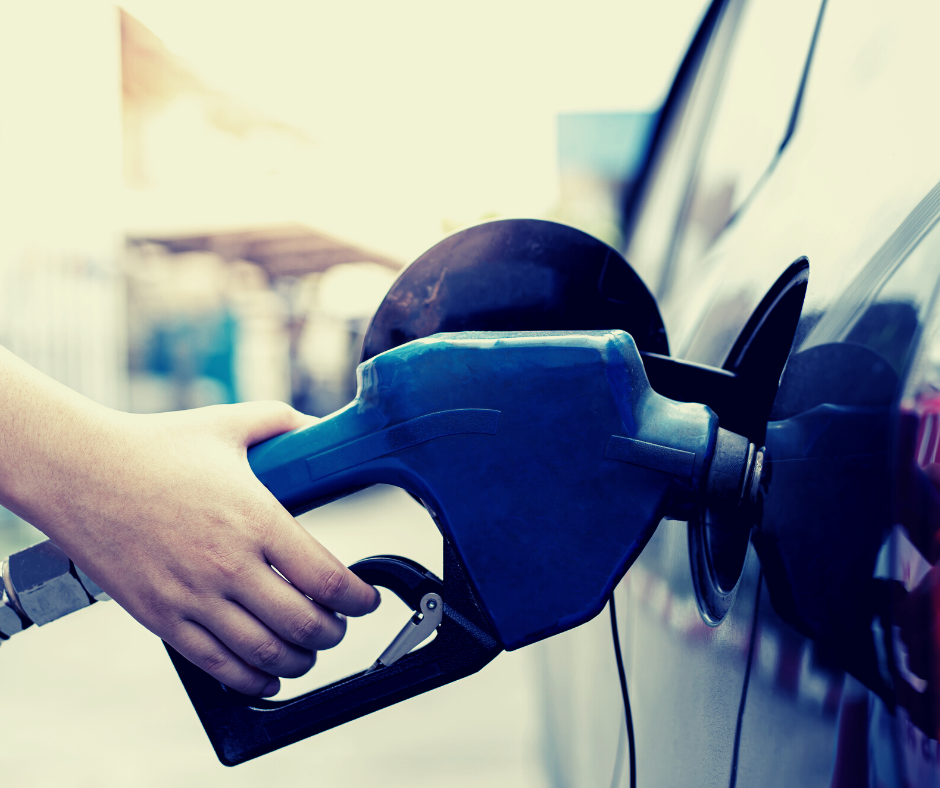
With Memorial Day signaling the beginning of the summer travel season, a lot of travel discussion at the moment is centering around road trips – and specifically the cost of the gas that will fuel those road trips.
While we can’t do much about the price of gas, there are some things we can do to minimize the pain to our wallets (sort of). Here are my top 5 tips to help you do just that.
Tip #1: There’s an App for That – With apps for pretty much our entire lives, it shouldn’t come as a great surprise that there are some apps that can help you find less expensive gas. Downloading these – especially if you have a road trip ahead of you – can help you find stations where the price is less than others. Some popular options are:
- AAA Mobile: This is the mobile version of your parent’s AAA TripTik Planner that is available to AAA members. In addition to gas pricing, you can also get information to help with planning your route.
- Gas Buddy: This is a popular app that not only helps with finding the best gas prices, but also offers a money-saving card for your gas purchases.
- Gas Guru: This app (run by the Yellow Pages, remember them?) provides info on gas prices, as well as information on nearby auto repair locations, car washes, and ATMs.
- Geico: You don’t have to have your insurance through Geico to use their mobile app to help you find the best prices for gas near you.
- Waze: You’re probably already using this navigation app to get where you need to go, but Waze can also let you know where to go for the cheapest gas prices.
Tip #2: Drive a (Little) Further – If you’ve been driving along a major interstate and realize you will need gas soon, try to avoid the temptation to fill up at the closest station to the highway. Why? Because those stations – aware of the convenience that most travelers are looking for – will generally have higher prices than those in less “busy” areas. Instead, drive a few miles down the road, and find stations that are in residential areas, or less populated areas. One of the apps noted above can help here.
Tip #3: Be a Gas Miser – So you’ve now waited so long to get gas that you REALLY can’t wait any longer. Don’t run the risk of running out, even though all the prices around you are high. Stop at the nearest station, get *just enough* to get you to a station with lower prices. Then once you are at the second station (again, use an app!) where prices are better, finish filling up. (And by the way, unless your vehicle requires it, don’t buy premium gas, it is often a waste of money and can actually cost you quite a bit more than regular octane.)
Tip #4: Car Maintenance is Your Friend – Ask any auto technician, and they’ll tell you that regular maintenance can not only help you avoid nasty car repair bills, but it will also help you get the best fuel economy – which means that expensive gas you are buying will go further. Be especially vigilant about:
- Tire pressure & alignment are super important, not only for safety but also to help you get the best possible fuel economy. Keep your tires at the proper pressure and especially check them before you head out on a road trip.
- Check that air filter, because just like you, your car will function better with clean air – and it can make a noticeable difference in your fuel economy. Have your mechanic check it with every oil change.
- Speaking of oil, make sure you are using the proper oil for your vehicle and getting it changed according to the manufacturer’s timetable. Different manufacturers and vehicles have different recommendations – some can be as often as every 4000 miles/4 months, and with others it can be as much as every 10,000 miles/10 months. Refer to the owner’s manual and always use the recommended viscosity. Keeping up with oil changes will not only help with fuel economy but it will also improve engine life.
Tip #5: You do NOT Have the Need for Speed – While everyone is anxious to get to Disney World or the beach, watching your speed will help you get the most gas mileage. Generally, the maximum fuel economy for highway driving is around 50 mph, so reducing your speed by just 5 to 10 mph can have the benefit of increasing your fuel economy a great deal. And in another indication that having a “lead foot” isn’t beneficial to your car, using gradual acceleration and deceleration will save you money in the long run. Fast starts and hard stops are just wasting gas, so “slow and easy” can go a long way in making your gas go further. Keep in mind as well that those trips with lots of stop and go traffic are harder on your car’s engine (and use more gas) than highway driving. So, plan ahead, and see if it’s possible to use more highways, or rural roads over city driving with traffic lights every block. Obviously, this isn’t always possible, but when it is, you can save on your fuel economy.
Summer road trips are a popular part of so many family summer vacations, and especially after the last 2 years, despite gas prices, we are all so ready for traveling this summer. So, gas up the car, and let’s hit the road!
Learn how the FREE services of a travel agent can make planning your vacation simple and STRESS FREE!